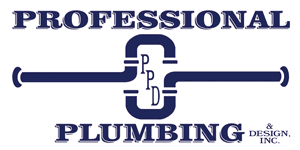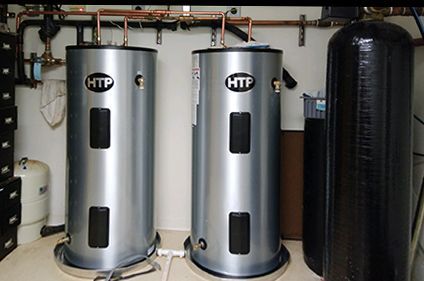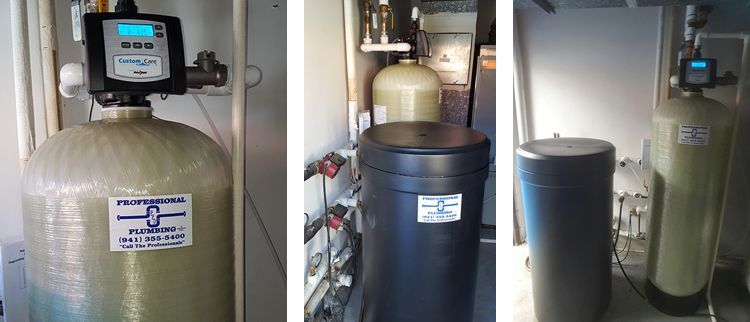By: Matt Wittman, President of Professional Plumbing & Design, Inc.
From the Tips & Tricks Issue (September 2020) of Community Magazine,
The Official Journal Of Community Associations Institute West Florida Chapter
Maintaining water heaters, pipes and water supplies helps avoid costly flood damage. Units with cast iron drains should be on a regular cleaning schedule.
Inside homes and condominium units, make sure all water supplies to fixtures, faucets and appliances (dishwasher, ice maker, washing machine, toilets and faucets) are of the braided stainless-steel type with metal connections. Replace all non-braided stainless-steel supplies with metal connections; even braided supplies with plastic connections have shown to be possible leak or flood points. These supplies are under constant water pressure day and night and can fail at any time.
Water heaters should be replaced at least every 10 years unless they have a longer warranty. Most associations require this replacement to avoid flooding damage to other units. There can also be flood stop-valves installed at the water heater that will shut off the water to the water heater if it leaks. Taking leak detection a step further, there are whole house I unit leak detection systems that will shut the water off to the entire house I unit if any leak is detected.
When it comes to multi-story or single-story units with cast iron drains, they should be maintained by regular cleaning (cable cleaning, high speed milling and jet cleaning). In multi-story buildings, the kitchen stacks and the underground drains should be cleaned at least every five years to remove grease and other build up. Single-story units should also clean the underground drains according to the same schedule.
If your multi-story building is older and the cast iron drains have already begun to crack, break and leak, then it would not be worth spending the money to clean pipes that need to be replaced or lined. This also applies for underground cast iron drains in multi-story or single-story units. The old cast iron drains under the slab can be in just as bad shape as the ones above the slab, but you don't see them leaking. As a rule of thumb, replace pipes you can easily get to (behind drywall walls and ceilings) and line pipes you can't easily get to (under concrete slabs and in block walls).






